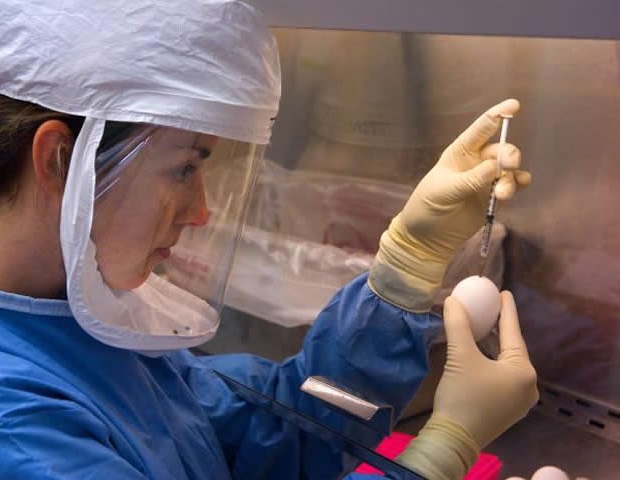"Together with Japanese researchers, we have developed a completely new theory on the transmission of airborne diseases within and between rooms and on how pathogens can be removed by ventilation," says Alan Kabanshi, researcher in energy systems at University of Gävle
Today's buildings and ventilation systems are not built to protect us against the spread of airborne pathogens, and experiences of the current pandemic show that many people are infected indoors in their homes or at workplaces, according to Alan Kabanshi.
"We have found that we can reduce the spread of pathogens by changing the airflow pattern, and we will now investigate the effects of rebuilding and supplementing existing ventilation," says Alan Kabanshi.
The researchers also plan to develop an improved risk assessment model to estimate the risk of becoming infected, as current models are not sensitive enough.
The lab can reveal where you can become infected
"Our lab allows us to record the route pathogens take between from the infected person and out into different parts of the building, and when we know disease transmission pathways, we can identify zones where the risk of becoming infected is high."
This achievement is made possible because of the completely new approach to viewing disease transmission within and between rooms and the new thinking on how the pathogens can be removed that the researchers in Gävle have developed together with Japanese researchers from the universities of Kasuga and Saitama.
"Experiences of the pandemic may lead to future requirements for pandemic-proof buildings, and our project will be able to contribute to the design of such buildings," Alan Kabanshi says.
Formas, a government research council for sustainable development, grants Alan Kabanshi, together with Professor Mats Sandberg and research engineers Elisabet Linden and Leif Claesson, SEK 4 million for research on how ventilation can reduce indoor transmission of airborne infections. The researchers will contribute to new knowledge on how to construct buildings adapted to pandemics and develop an improved model for assessing infection risks within buildings.
University of Gävle
Posted in: Medical Research News | Disease/Infection News
Tags: covid-19, Pandemic, Research, Virus
Source: Read Full Article
